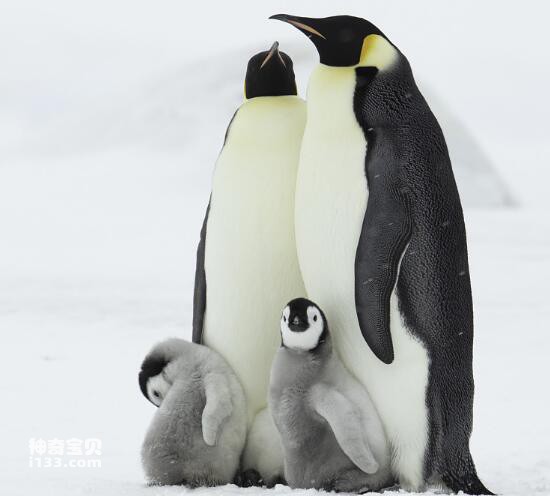Penguins are a special group of birds that live in Antarctica and surrounding areas. They have many characteristics that allow them to adapt to extreme environments. The following is a detailed introduction to the characteristics and life characteristics of penguins:

Feathers: Penguins have unique black back and white belly feathers. This color distribution helps them effectively camouflage in the water and on land, protecting them from natural predators.
Body shape: Penguins typically have a chubby, awkward appearance, a body structure that helps them swim better in the water and also provides additional insulation.
Wings: Penguin wings have evolved into wing-like limbs, making them better suited for moving quickly through water than for flying.
Habitat: Penguins are mainly found in Antarctica and nearby islands, but some species also live in warmer areas, such as the coasts of South America, Africa, and Australia.
Sociality: Penguins are usually social birds. They form large colonies and rely on and cooperate with each other. For example, when facing cold polar environments, they can cling to each other to maintain body temperature.
Breeding: Penguins usually breed at specific breeding sites. They adopt a monogamous system. During each breeding season, they will return to the established breeding site and build nests at fixed locations.
Food habits: Penguins mainly feed on fish, squid, crustaceans and other marine organisms. They are excellent divers and can quickly catch food in the water.
Breeding and hatching: Most penguin species build nests on land, where the female lays eggs and the male and female take turns incubating the eggs until the young hatch.
Penguins have become an important part of the ecosystem in polar regions due to their adaptability to extreme environments and their unique living characteristics. In these extreme environments, they exhibit unique adaptations to climatic conditions, resource acquisition, and reproductive life.
animal tags: penguin
We created this article in conjunction with AI technology, then made sure it was fact-checked and edited by a Animals Top editor.